MARKET OVERVIEW
The global hair color market and its industry hence form a substantial part of the overall broader beauty and personal care industry, which caters to consumers seeking aesthetic transformation, gray coverage, or fashion-forward experimentation. Their product extends far beyond mere cosmetic enhancement, reflecting instead broader cultural preference currents, self-expression trends, and technological progression in formulations. Permanent dyes to temporary colors are constantly evolving as manufacturers strive to meet the various needs of consumers across any given differential group.
This industry covers a large scope of product type, application method, and formulation-specific diversity addressing unique consumer needs. Permanent hair color is one of the strongest segments as it stays longer and penetrates deep pigment than others, giving a user a desired long-lasting effect. Semi-permanent and demi-permanent options allow more flexibility, so users can try new shades without being committed long-term. Temporary solutions, including sprays, rinses, and chalks, are available for those who want to temporarily change their hair color, often due to the influence of fashion or seasonal factors.
Ammonia-free and organic products are increasingly popular as consumers are increasingly concerned about hair health and sustainability. Market growth is also spurred by the increasing power of social media, which spreads trends fast, influencing consumer decisions. Digital platforms have accelerated brand visibility, fostering direct engagement between manufacturers and end-users.
As such, companies will continue to invest in digital marketing strategies, utilizing influencer partnerships and interactive content to drive product adoption. The presence of professional salons further amplifies product demand, as hair color services remain integral to the beauty industry. However, the at-home hair coloring kits have become a serious competitor, providing convenience and affordability without compromise on quality. The geography of this industry is diverse and different across regions. North America and Europe remain very high on demand for hair color products due to their conscious fashion awareness and population aging that needs gray coverage solutions.
The Asia-Pacific region is expected to grow significantly with a growing young population and increasing disposable income levels. Latin America and the Middle East add diversity to the market, with unique cultural preferences shaping product formulations and shade ranges. Innovation will define the future trajectory of the global hair color market, as brands focus on research and development to create safer, more effective products. Advanced technology integration – AI-driven shade matching and individualized formulations to enhance the customer experience. Increased demand for sustainability in packaging, as well as eco-friendly formulations, to cater to the ever-growing need around the globe towards responsible beauty consumption.
Hybrid products combining hair nourishment and vibrant color payoff will also begin to shift and meet the increasing demand from healthy-conscious buyers. Consumer behavior will be changing as people become more conscious of safety from ingredients, get personalized beauty solutions, and get more into the natural aesthetics look. With a growing trend of gender-neutral beauty standards, this will again shift the way the products are positioned, which in turn, would call for the brands to market their products more inclusively. Customization, convenience, and sustainability would still be key words, which will take the industry toward more consciousness and consumerism.
As competition heats up, companies within the global hair color market will compete in an arena where innovation, adaptability, and consumer engagement determine success. Brands that will be ahead in the game will be those who can predict a shift in the preferences of the consumer, invest in technology-driven solutions, and align with the ethical beauty trend. This industry will continue to shape and redefine beauty standards and reinforce its significance in the global personal care sector.
global hair color market is estimated to reach $8,224.61 Million by 2032; growing at a CAGR of 6.5% from 2025 to 2032.
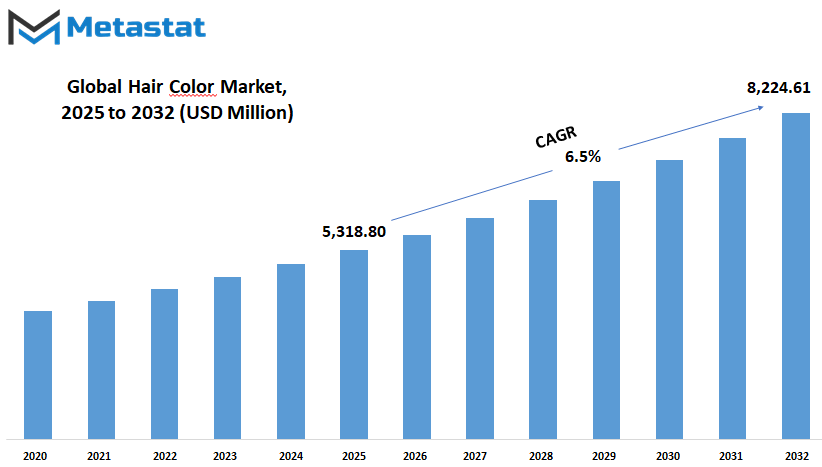
GROWTH FACTORS
The global hair color market is expected to show major growth in the next few years, mainly as a result of the shift in consumer preference and advancement of product formulation. With time, people start to demand more for grooming and expressing themselves, so a new hair color solution will continue to require more. Consumers will no longer look for simple hair dye but rather those items that fit the lifestyle choice they are selecting-sustainability, safety, customization.
This trend has pushed companies into creating formulations targeted to the varied needs of diverse groups while keeping the risks prevalent with chemical-based dyes as low as possible. Many of the growth factors in this particular market are organic and ammonia-free hair color products. Traditional hair dyes contain severe chemicals that may cause irritation to the scalp, allergic reactions, and long-term damage to the hair.
However, increased awareness among the consumers regarding such issues makes more people opt for gentle options that may bring bright outcomes without damaging their hair. Therefore, brands start releasing plant-based and eco-friendly alternatives with a component of henna, herbal extracts, or nourishing oils. This has emerged as an indicator of clean beauty, with a growing recognition about the importance of what goes on one's skin and, more importantly, what goes in. Though the global hair color market holds much promise, there are challenges.
One of the biggest challenges is that of strict regulations on hair dye ingredients. Most countries have imposed strict guidelines for consumer safety and environmental sustainability. It requires many testings and reformulations for the product, which may prove time-consuming and costly to be conducted by the manufacturers.
Except for the concern about the synthetics causing problems to the environment, including wastes from packaging, this has forced scrutiny and thereby made the brands opt for something more environmentally friendly. This challenge notwithstanding, the future of the global hair color market looks optimistic. Innovation will open new doors in light of the increasing demand for sustainable, plant-based hair color solutions. Companies that invest in research and development to formulate safer, high-performing, biodegradable formulations will become more competitive. Advanced technology, such as AI-driven shade customization and at-home color-matching tools, may further enhance the consumer experience.
This balance between performance and safety and sustainability will propel the industry forward. Next-generation consumers will connect with brands that focus on the transparency of ingredients and safety while using more environmentally friendly packaging. The global hair color market will continue to be dynamic, formulating and technological advancements evolving according to the needs of the consumer and environmental concerns.
MARKET SEGMENTATION
By Product Type
The global hair color market would expand with trends in beauty and self-expression. People want to change their hair color to maintain their styles, preference, or to hide gray hair. Advanced hair care products now focus on formulas that last longer, cause less damage, and have a wide range of shades. The need for convenience and safety has resulted in the innovation of hair color solutions. There are various hair color products, each designed to meet specific needs.
Permanent hair color is one of the most popular types of hair color. This type of hair dye penetrates the hair shaft, making the color resistant to washing and fading. This is the favorite of people who want to preserve their desired shade for a longer period. But it contains a lot of chemicals, such as ammonia and peroxide, that can dry the hair if proper care is not taken. Semi-permanent hair color is less intense for those who don't want to commit permanently. It fades gradually with each wash, making it ideal for people who like experimenting with different shades.
This type is free from harsh chemicals, making it a safer choice for people with sensitive scalps or damaged hair. It is mainly used for shine, enhancing the natural color, or covering early signs of graying. Temporary hair color is perfect for those who are looking for short-term change. It is applied in sprays, gels, or rinses and washed out with just one shampooing. This gives it a wider appeal for parties, events, or for changing looks often. Since it doesn't change the hair structure, it is not harmful to users who want the quick change of look without much commitment.
Hair color kits have gained popularity because of their convenience. These kits include everything needed for at-home application, making it easier for people to achieve salon-like results. With step-by-step instructions, they allow users to color their hair without professional assistance. The demand for these kits has increased as more people prefer doing their hair at home rather than visiting salons.
The global hair color market will change and evolve ahead, with advances in hair care technology. More products will focus on being less damaging, more eco-friendly, and longer lasting. As the preferences of the consumer shift towards safer and more natural ingredients, companies will start coming up with new formulas catering to these needs. Innovation in the industry will give the hair coloring industry better options and outcomes.
By Formulation
As consumers continually opt for more advanced hair coloring solutions, the global hair color market is likely to exhibit pronounced growth in the following years. The industry constantly evolves with formulation innovations, growing sustainability concerns, and changing consumer trends. With advancements in technology, manufacturers are now focusing on producing products that not only enhance appearance but also give nourishment and protection to hair. The global hair color market is segmented by formulation into liquid, cream, gel, and powder.
Each type has its advantages, catering to different consumer needs. Liquid hair color is popular because it is easy to apply and penetrates hair strands well, which makes it a favorite for people who want to have bright, long-lasting color. Cream-based formulations are preferred because they are smooth and give better control when applied. They are widely used in salons and at-home treatments because they provide deep conditioning and help reduce hair damage. Gel-based hair colors are gaining traction due to their non-drip consistency, making them ideal for precise application. They offer good coverage and are often infused with conditioning agents that leave hair soft and shiny.
Powder formulations, on the other hand, are commonly associated with temporary color solutions and root touch-ups. They are particularly popular in professional settings where quick application and removal are essential. As technology advances, these formulations will continue to improve, ensuring better coverage, longer-lasting results, and enhanced hair health. In the future, personalization will be the key to the global hair color market. Consumers will look for customized shades according to their hair type, skin tone, and lifestyle. Artificial intelligence and virtual try-on tools will become more advanced, enabling people to try out different shades before buying.
Hybrid products that combine color with hair treatment benefits, such as moisture-locking technology and UV protection, will also be a focus for brands. As sustainability becomes one of the big priorities, then biodegradable packaging and also refillable kits for hair colors will be all the rage, and companies are going to push for less consumption of water through production and reduce rinsing for formulas. Ultimately, hair coloring will not be just about style but also towards healthy hair plus a reduced effect on the environment.
By Hair Type
A key reason for this growth is the increasing trend of personal grooming among people of all ages. People are not only dyeing their hair to hide grey hairs but also to enhance their individuality. This is one trend that has caught both older adults who wish to look young and younger generations trying out various hair colors.
The global hair color market makes available various products for different kinds of hair. or people with normal hair, the choice for coloring is vast and may be a very subtle transformation or something bolder. dry or damaged hair is always recommended products with conditioning agents in hopes of not causing too much harm to one's hair and to keep them in good health. colored hair requires products for preservation and durability as fading occurs otherwise for longevity in color. curly and wavy hair types do well with products designed to fix texture problems without causing disjointed curl patterns.
Looking forward, the market will continue to get more fragmented and personalized. In the product itself, companies are going to offer products based on hair issues - anti-aging for older hair or a more moisturizing formula for a dry scalp. Further, there will be natural and organic hair colors that come to the fore with the increase in demand by the consumer to look for a safer and environmentally friendly product. Further, technologies such as virtual try-on can come into the consumer's hand for previewing potential hair color before application.
The global hair color market around the world is on an upward trajectory. Aesthetic desires combine with improvements in product development, and consumers seek personalized, health-conscious solutions that the industry will increasingly provide in terms of diversified and innovative products.
By End-User
The global hair color market is seeing fast growth with the rising influence of social media, changing beauty standards, growing disposable incomes, and so forth. In other words, this is just one aspect where, as new shades, formulas, and new innovative technologies make an entry in the market, a need for the expression of individuality by means of hair color will never fade away. Consumers are getting increasingly adventurous, and from traditional blacks and browns, they have become bold enough to opt for blue, purple, and silvers.
This shift signifies the increase in acceptance for self-expression through hair. This trend will be bolstered further in the years ahead. Future Developments in Product Formulation Future prospects for the global hair color market would depend on advances in product formulations. Companies are working on ammonia-free, organic, and damage-free alternatives because of increasing demand for healthy hair solutions.
The rise in plant-based ingredients and nourishing treatments infused in hair colors will appeal to the customers looking for safer options. Technology is also playing a role in personalized hair color solutions. Virtual try-on apps, driven by artificial intelligence, are making it easier for consumers to find the perfect shade before making a purchase, thereby reducing uncertainty and encouraging more people to explore different looks. The global hair color market is segmented into three significant market segments: men, women, and unisex. Traditionally, for years, targeted end users remained women, though men have increasingly become interested in hair coloring over the years.
For cover-up grays or fashion-colored hair, they represent an important audience for brands these days. The unisex segment is also gaining momentum, wherein gender-neutral marketing breaks stereotypes and helps more and more people open their minds towards hair coloring. With inclusivity getting stronger, it will surely help brands keep on launching products that suit every individual, be it male or female. Sustainability is going to be one of the most significant factors in the future of the global hair color market.
With a rise in environmental concerns, brands are shifting toward eco-friendly packaging and reducing water consumption in their formulations. Consumers are getting more aware of the impact of their beauty choices on the planet, thus demanding biodegradable, cruelty-free, and ethical hair coloring products. The global hair color market will continue to evolve in the future, where consumers are increasingly looking for convenience and quality. E-commerce and direct-to-consumer sales will be a way for consumers to get products from the comfort of their homes.
Subscription-based models, customized hair colour kits, subscription-based models will make the coloring experience more fun and accessible by tailoring individual needs. Consistent innovation keeps the industry ever-changing, reflecting changing consumer preferences worldwide.
|
Forecast Period |
2025-2032 |
|
Market Size in 2025 |
$5,318.80 million |
|
Market Size by 2032 |
$8,224.61 Million |
|
Growth Rate from 2024 to 2031 |
6.5% |
|
Base Year |
2024 |
|
Regions Covered |
North America, Europe, Asia-Pacific, South America, Middle East & Africa |
REGIONAL ANALYSIS
The global hair color market is on the steady rise across various regions due to changed consumer preferences and improvements in hair care technology. Demand varies around the world in terms of regional trends influenced by lifestyle, culture, and economy. North America remains one of the main regions with U.S., Canada, and Mexico major contributors. The at-home hair coloring products have gained popularity due to the demand for organic and ammonia-free products. Established brands and frequent innovations in products further fuel the market growth. Europe is dominated by the UK, Germany, France, and Italy, where premium and salon-quality products are increasingly being adopted.
There is an increasing demand for sustainable and cruelty-free hair color options due to increased awareness about environmental impact. Companies are now focusing on developing plant-based and vegan formulations to cater to this demand. Since fashion trends heavily influence hair color choices, European consumers are more open to experimenting with bold shades and temporary colors. The Asia-Pacific is now one of the fastest-emerging regions in the global hair color market.
In India, China, Japan, and South Korea, for instance, urbanization, an increase in disposable income, and a strong population beauty-conscious, has led to the increase in demand. Amongst these countries, South Korea and Japan lead in setting hair color trends as these countries lead with innovative beauty industries. India and China accounted for an enormous demand for herbal-based natural hair color products that is highly in vogue today because people like older ways with least chemical traces. South America, especially Brazil and Argentina, could be one region to look for growth.
Consumers here are interested in salon treatments along with at-home hair coloring solutions. Social media and international trends around beauty have influenced the brand's need to range various shades suitable for several different skin tones and hair types. Affordability of such products is critical in the region, so brands have been offering budget-friendly yet high-quality options. The Middle East & Africa region is also registering stable growth in the hair color market.
These include GCC countries, Egypt, and South Africa where fashion-conscious consumers along with professional salons are turning out to be the largest generators of demand. With premium brands slowly coming into the global hair color market along with modern coloring techniques, conventional hair care is now turning less relevant. Looking forward, the global hair color market is expected to evolve further as technology advances, sustainability gains more focus, and consumer preferences shift towards more personalized and health-conscious options.
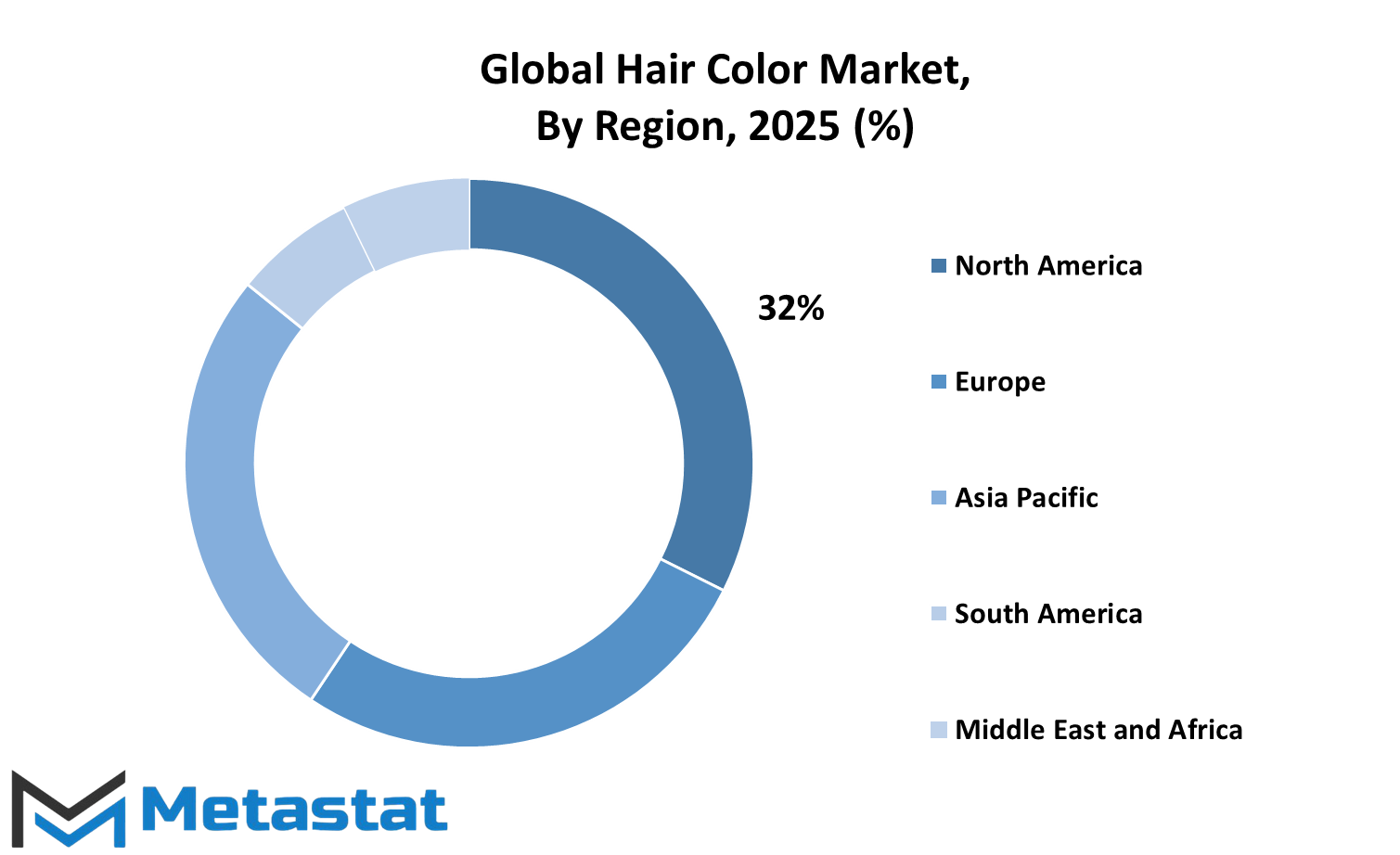
COMPETITIVE PLAYERS
The global hair color market is going to undergo drastic changes in the near future with changing consumer preferences, formulations of products, and hair care awareness. Both temporary as well as permanent color solutions are witnessing increasing demand, and thus companies operating in this sector have been forced to innovate every day to meet their customers' demands. L'Oréal S.A., Coty Inc., Henkel AG & Co. KGaA, and Shiseido Company, Limited are on the forefront of applying these systems. They use innovation and scientific discoveries to produce products not only to beautify but also nourish and protect. The leading factor in driving the market is the movement towards the use of natural and organic ingredients.
Consumers are beginning to understand the destructive impact of harsh chemicals and seek gentler products. Plant-based and ammonia-free formulations have gained traction, driven by brands such as Aveda Corporation, Manic Panic, which have their vegan and cruelty-free options. Personalization is another trend that is likely to rule the roost. This will be due to companies investing in AI-driven tools where shades will be recommended based upon individual preferences and hair types. Social media and digital marketing is not to be underestimated. Through social media applications, for example, Instagram and TikTok, boldness and trend driving are pretty dominant. Most customers went out testing their looks with the help of bright and extreme colors.
In that case, the demand for temporary or semi-permanent dyes grew through. The clients are allowed to change often but will not owe any permanent changes. Brands like Revlon, Inc., Sally Beauty Holdings, Inc., and Oribe Hair Care have used this prevailing trend and brought forward the wide range of shades that are used by consumers. The factor of sustainability also greatly influences the industry. As consumers are increasingly becoming environmentally conscious and demanding products that are environmental-friendly, companies are trying to increase biodegradable packaging, make it refillable, and use less water in the production process. Kao Corporation and Hoyu Co., Ltd. have strived toward sustainability, knowing that the global hair color market required such a needful solution.
Technological advancement will continue to influence product development in the future. One of the trends will be smart hair color technology that changes shades according to environmental factors and the condition of hair. At-home hair coloring kits with salon-quality results will continue to grow in demand, as consumers strive for professional looks without visiting a salon. Paul Mitchell, Zotos Professional, and Toni & Guy are already going to push their offers stronger in this. With growing competitiveness, the players will need a difference that involves innovation, sustainable, and niche-based solutions that the brand represents. The global hair color market remains an area under continuous change along with consumer changing expectations for something safer, healthy, and up to par - in line with their varied individual needs.
Hair Color Market Key Segments:
By Product Type
- Permanent Hair Color
- Semi-Permanent Hair Color
- Temporary Hair Color
- Hair Color Kits
By Formulation
- Liquid
- Cream
- Gel
- Powder
By Hair Type
- Normal Hair
- Dry and Damaged Hair
- Colored Hair
- Curly and Wavy Hair
By End-User
- Men
- Unisex
- Women
Key Global Hair Color Industry Players
- L’Oréal S.A.
- Coty Inc.
- Henkel AG & Co. KGaA
- Shiseido Company, Limited
- Revlon, Inc.
- Kao Corporation
- Sally Beauty Holdings, Inc.
- Toni & Guy
- LUXLISS
- Aveda Corporation
- Manic Panic
- Hoyu Co., Ltd.
- Paul Mitchell
- Zotos Professional
- Oribe Hair Care
WHAT REPORT PROVIDES
- Full in-depth analysis of the parent Industry
- Important changes in market and its dynamics
- Segmentation details of the market
- Former, on-going, and projected market analysis in terms of volume and value
- Assessment of niche industry developments
- Market share analysis
- Key strategies of major players
- Emerging segments and regional growth potential



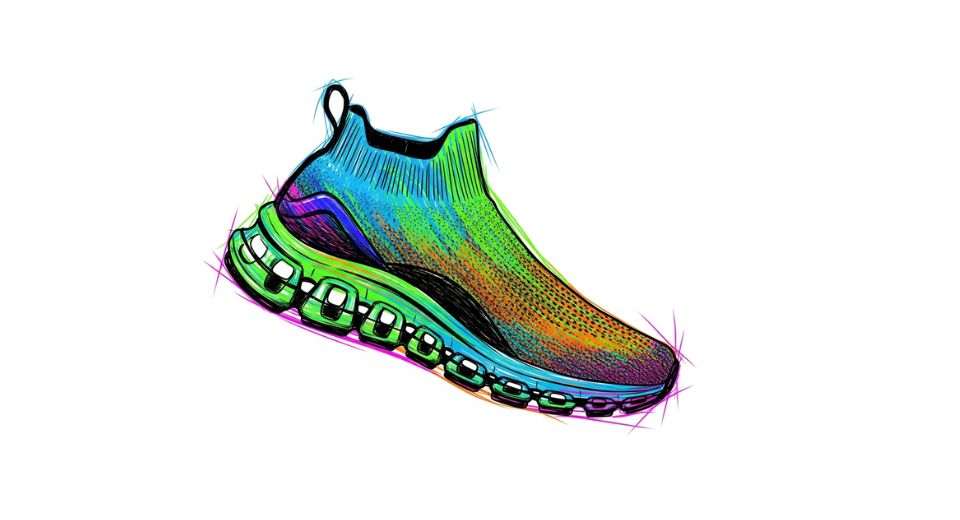
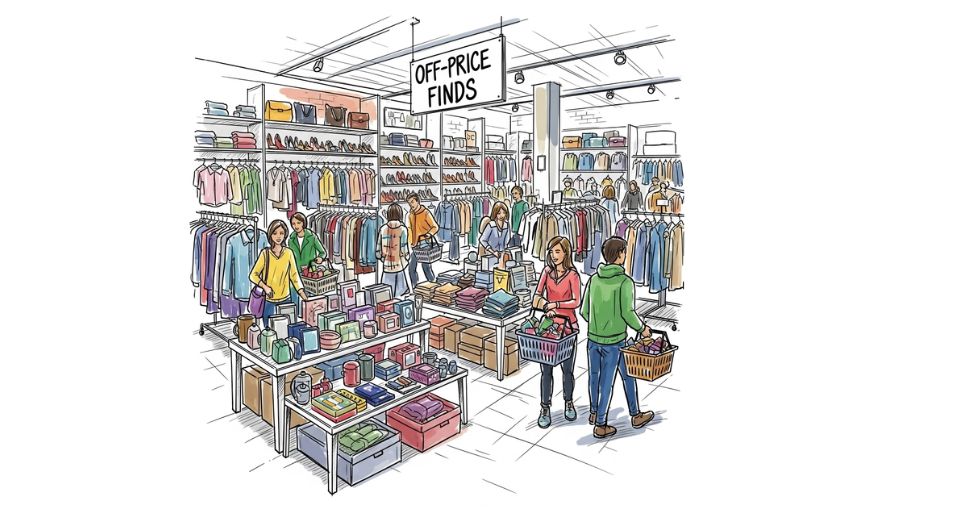
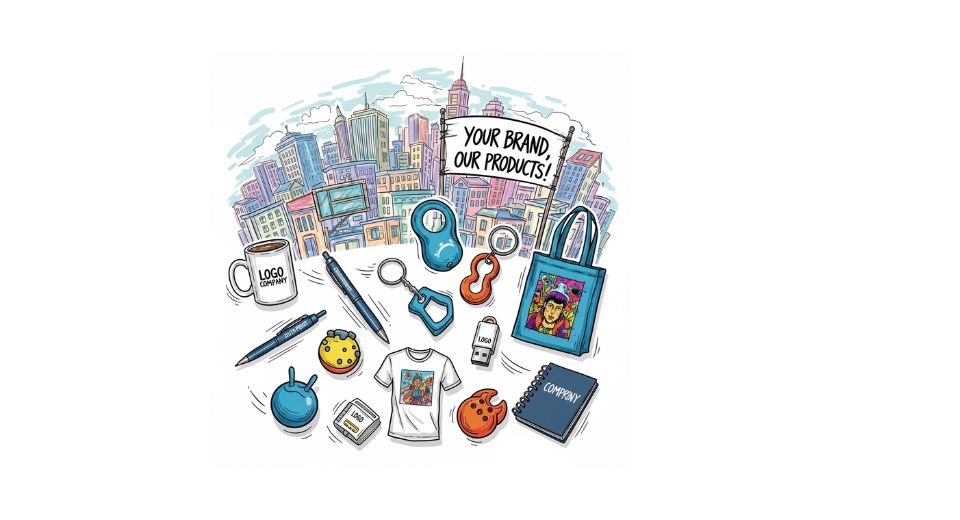
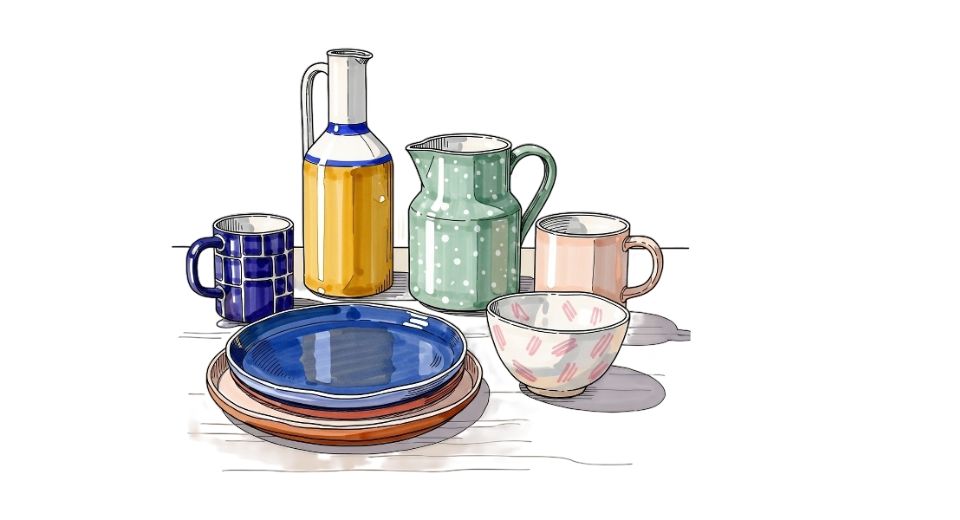

 US: +1 3023308252
US: +1 3023308252






